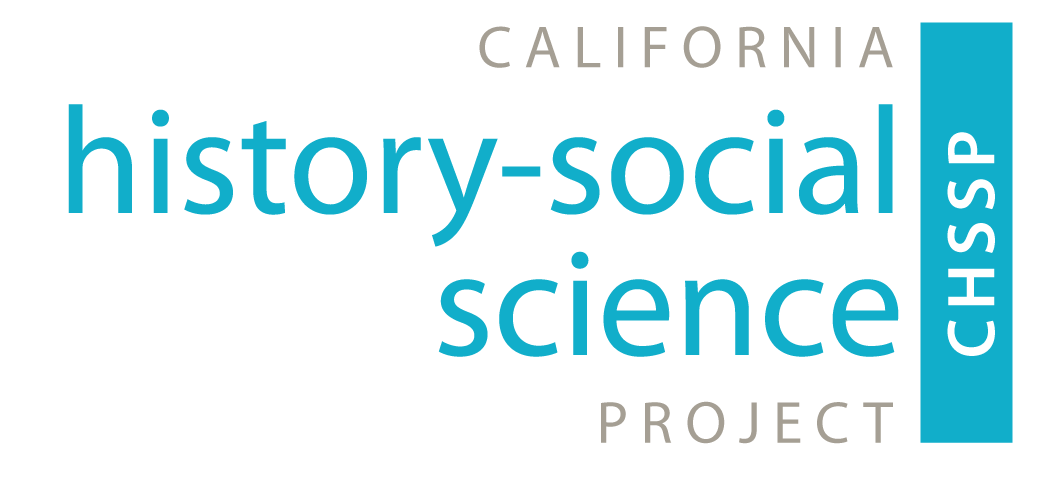Academic Literacy 1
Originally posted on February 12, 2011 by Shennan Hutton
Academic Literacy
I’ve been reading a lot about academic literacy lately, as I try to get up to speed on this aspect of Blueprint. As a high school teacher and then a college lecturer, I never really knew much about literacy beyond the observation that many of my students struggle with it. They read and do not understand the words. A page of text defeats them. Twenty pages is out of the question. Or English is their second language and everything is overwhelming.
I have also observed that it’s often not the difficulty of the historical vocabulary that causes students problems, but the complicated syntax of the sentence or the use of academic language (what Isabelle Beck calls the second tier.) These are words that are seldom spoken, but frequently used in writing. As a result of these observations, I know enough to explain certain words in modern spoken English, and use several different ways to explain concepts in hopes that one of them will work for each student.
Obviously, there is much more to academic literacy than this. There are those students who are English Learners, a huge proportion of the student population in California. There are five levels of English Learners, and each has different needs. There are also Long-term English Learners, students who have been in U.S. schools for years but have stalled at one of the intermediate levels. These students have excellent oral language skills, but their ability to read and write is still substantially below grade level. They are often quiet, unobtrusive, well-behaved students, who strive to be invisible. And, most tragically, most of them believe that they are doing well. They want to go to college, and they think they are on track to do that.
There are also students born in the U.S. who struggle with academic literacy. Perhaps English isn’t spoken at home, or in the neighborhood, or perhaps their parents are not highly educated. In either case, English may be their first language, but they only know a few thousand words in it. These students also read and write substantially below grade level.
There is a considerable body of literature and quite a few teaching programs devoted to correcting these problems. I was quite surprised to learn, however, that most of the approaches and models have not been proven by adequate research. Although models may have strong support from individuals who have seen it work with their students, convincing statistical proof is lacking.
The History Project’s literacy work also falls into this category. It’s promising, but needs to be tested. Getting that tested is a high priority of Blueprint. If testing can prove that an approach works, we should continue to use it. If testing proves that an approach is ineffective, we need to revise or scrap it.
I suspect that we will find that no approach works for all students, even all students in a single literacy category. Learning is too complex for a simple solution to suffice. I’d like to argue for flexibility, and for cooperative efforts to help these students who seem so lost in our system.
